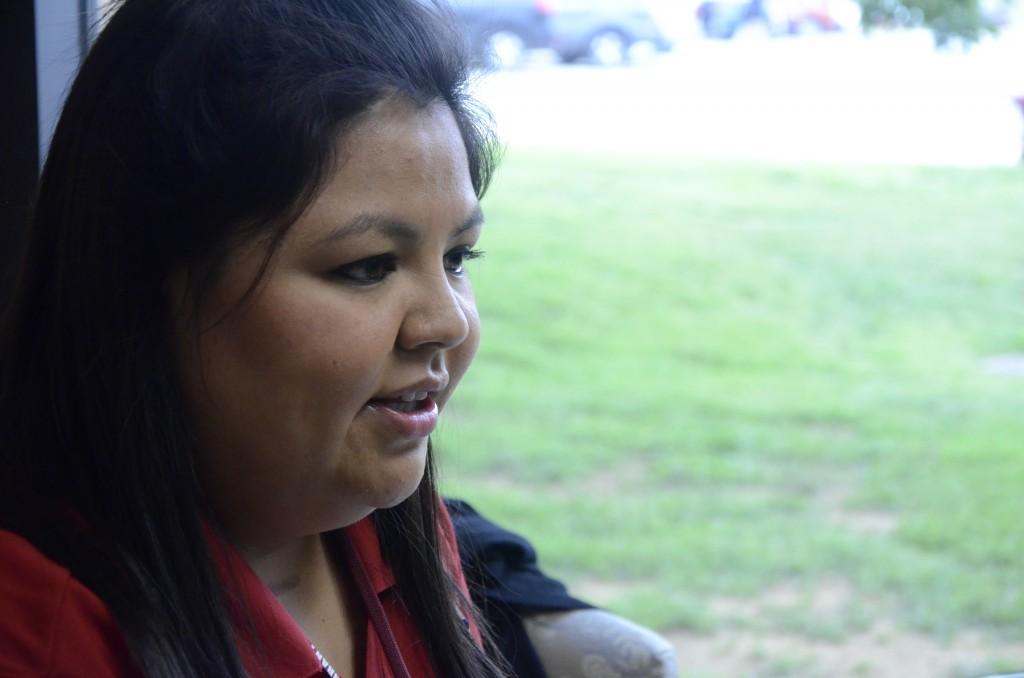By Kenney Kost/managing editor
NE student Jessica Hume knows all too well that paying for health insurance can be a burden for students, and she is not alone.
Hume hasn’t had insurance since her father’s company quit offering plans to its employees. Before going full time at her job, she wasn’t offered the option to buy insurance, and now that she can, it’s so expensive she can’t afford it.
“I looked into getting insurance when I went full time a few months ago,” she said. “I have so much other stuff to pay for, and I am one of six children in my family, so I don’t get much help from my parents. I just don’t feel like I get sick enough to put it in front of more immediately urgent bills.”
NE coordinator of health services Pat Marling said she sees uninsured students every day.
“Across the district, the number of health center visits through March is over 12,500,” Marling said. “We do not keep tally of how many of those do not have health insurance. However, the majority of students visiting the health center state that they have no health insurance, and those coming in for illness or injury state they do not have money to get treatment.”

Students, faculty and staff visit health services for a number of reasons. Of the 12,500 visits, 9,200 of them were for clinical care of illness, injuries or health concerns, Marling said. NW coordinator of health services Thoy Fongsamouth said she sees an uninsured student at least once a week. Most weeks, the number is larger.
“The visits vary from acute illnesses and injuries such as waking up with a sore throat, injured body parts and checking blood pressure for hypertension,” Fongsamouth said.
Having been in a major car accident, catching strep throat and needing glasses over the last two years, Hume is feeling the effect of not having insurance. The hospital bills for the accident were close to $10,000 for a three-hour emergency room visit.
“The bills [for the accident] just recently got resolved through the other driver’s insurance, but until that happened, I was getting bills for $10,000,” she said. “They kind of rushed me out, too, once they realized I didn’t have insurance. And I had a dislocated shoulder.”
In addition to the accident, her visit to a clinic for strep throat cost $300 with an additional $100 upon a return visit because she was allergic to the penicillin she was given. A few months later, she needed glasses, which cost another $250.
“With the eye exam and everything, it cost me about $250, and I didn’t even get fancy frames or nonreflective lenses,” she said. “It’s not like I can’t afford just health insurance. I would like to have dental and vision insurance, but I can’t afford any of it. Maybe it’s because I haven’t had it in so long that it is not on my mind all the time, but I do worry.”
Major accidents and the need for major medical procedures is just part of the risk in not being insured, Marling said. Not receiving preventative care such as regular checkups for diabetes, blood pressure and cholesterol is just as risky.
“The danger in not receiving preventative care or delaying needed medical care is that it can lead to complications that might require more extensive intervention and/or could become a
permanent disability or even deadly,” Marling said.
“Also, financial ruin could be a consequence after a serious injury or illness that requires extensive hospital care. One night in ICU [intensive care unit] can be a few thousand dollars.”
Health services offers free nursing care and stocks over-the-counter medication for colds, allergies, upset stomach and pain. The centers can also treat minor cuts, scrapes and burns, Fongsamouth said. Each campus also holds a health fair each fall that offers many low-cost and free preventative screenings.
Another service health centers can provide is referrals to low-cost medical care and social services, Marling said. Health centers can give students a list of insurance companies and local resources.
“We generally give students information on how to obtain low-cost health care since cost is the primary factor of why they do not have insurance,” Marling said. “We give information on the JPS health system and other low-cost medical options such as CVS minute clinics that are available in the area.”
Marling said the most important thing a student can do is stop by if they are feeling ill or haven’t had a checkup in some time, and health services will do everything it can to help.
“I had an older student that came in feeling a little ill, and we did some of the screenings we could do here and found some major issues that needed extensive treatment,” Marling said. “The early detection was crucial, and I later received a thank you letter thanking me for saving her life. If she had not come in, who knows when she would have detected the problem and how much worse the situation could have been.”
























